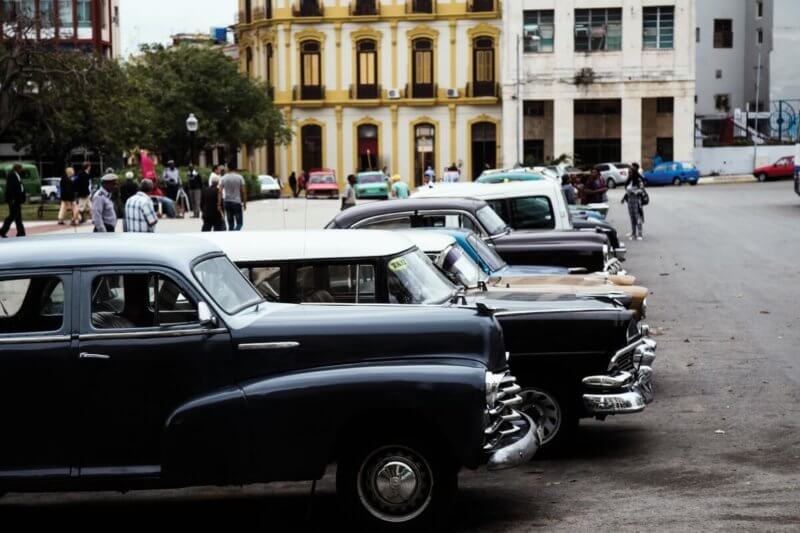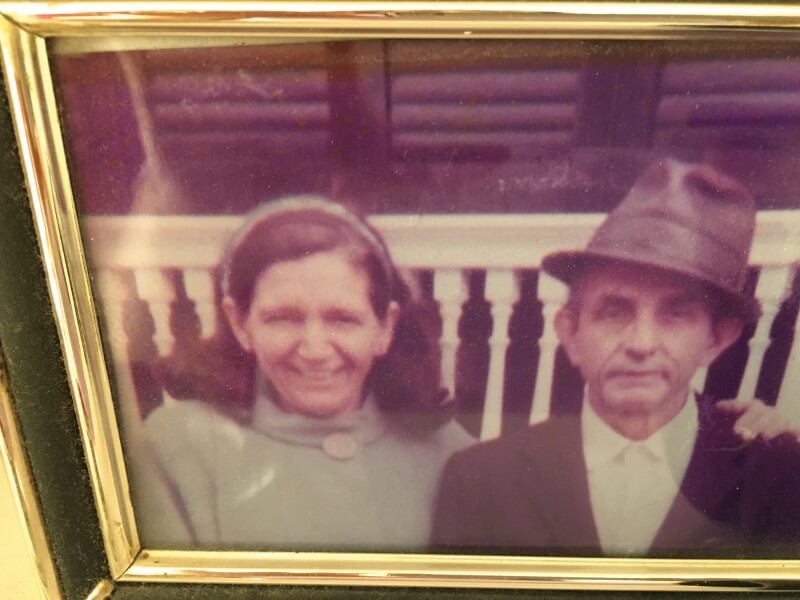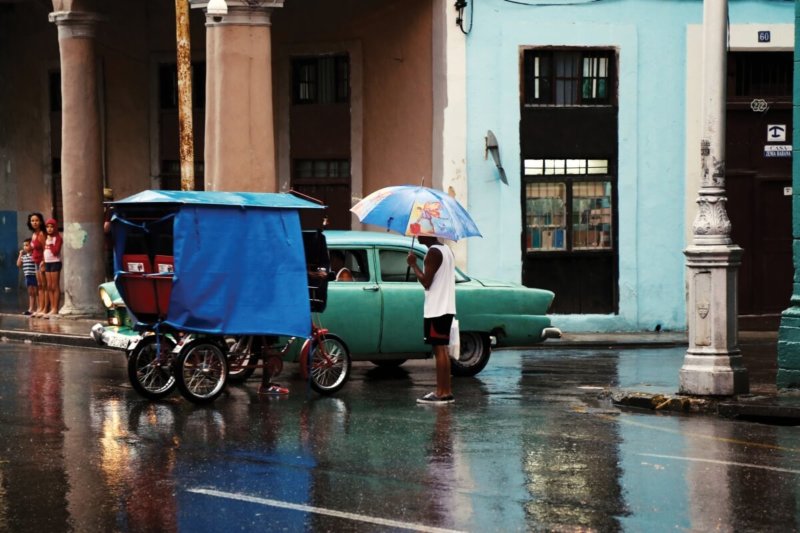This spring, Colorado Academy, through its global travel and exchange program, took students to Cuba. The trip came just weeks after the U.S. and Cuba signed an agreement to restore commercial airline service for the first time in 50 years, and just months after restoration of a relationship between the two countries.
It was historic too, because CA’s contingent of two faculty members, two guides, and 15 students arrived on the same day that the first American President visited the island nation in nearly a century, and the first since a revolution led by Fidel Castro that toppled the American- backed Cuban dictator Fulgencio Batista. Students stood in the streets of Havana and saw President Obama’s motorcade speed past. “There we were, standing on the street corner, as a dozen motorcycles and older police cars zipped by” followed by the President of the United States, says Ninth Grade student Darby Haskel.
The other “bookend” to the trip was the students’ attendance at the Rolling Stones’ groundbreaking free concert in Havana. It was the first open-air concert in the country by a British rock band and the Stones’ first concert in the Caribbean. The event was described on the Stones’ website as a “once-in-a-lifetime concert,” that Billboard magazine called the “opening of a new era” as some 500,000 Cubans gathered for a fun and peaceful event.
“‘There we were, standing on the street corner, as a dozen motorcycles and older police cars zipped by’ followed by the President of the United States.”
“This experience completely changed my life. I made so many new friends, met some really interesting people. This was a historic trip and I am so grateful to have been part of it,” says another student.
While travel is still restricted and tourism is technically outlawed for Americans, travel must fall into one of 12 categories of authorized trips: among them, visiting relatives or taking part in academic programs for which students receive credit.
Though only 90 miles from the U.S. mainland, students felt effects of the revolution, the impact of the American embargo, and the rapidity of change with many wi-fi hotspots and new privately-owned restaurants. Global Language instructor Jane Kelly visited Cuba last summer as relations between the two countries began to thaw. She and Travel and Exchange Coordinator Daniel Lopez began to research travel vendors who could help plan an itinerary, secure travel licensing and ground arrangements, and support the students through the trip. In addition to Kelly, joining the trip were CA’s Upper School Counselor Liza Skipwith (whose family is from Cuba), along with Amy Westby, Executive Director of the vendor, SAGE Global Education, and a local guide named Yoseti who is employed by one of the Cuban government-run tourism companies.
Says Kelly, “When we planned this, we had no idea that we would be traveling during such an historic week.” The itinerary included Old Havana, a Cuban Jazz concert, the art colony of Regla, Ernest Hemingway’s House, a forest hike in the Cuban mountains, the Revolution Museum, salsa dancing, and much, much more.
As with any global travel experience, it is the people, their way of life, their hopes and struggles that make a trip most meaningful. Travel is about building bridges, debunking myths, and creating a foundation of understanding that helps people, no matter how different, move forward. Students were very aware, say Skipwith and Kelly, of how Cubans, young and old, were excited to speak with the American students. “It was about the universality of the human spirit,” says Skipwith. She described CA’s Andrew Aertker who had been speaking to a Cuban student who was his same age.
“It was really interesting to see how we come from different backgrounds, speak different languages, and live miles apart, and yet, we are going through the exact same things.”
Skipwith and Kelly describe a discernable difference between the young people in Cuba, who are hungry for a cultural exchange and access to more information and opportunity, and the older generation in Cuba — those who may have fought in the revolution or who fear losing their way of life. Regardless of age, Cubans to whom students spoke supported the lifting of the more than five-decades-long U.S. embargo on trade.
One who remembers Cuba’s pre-revolution days is Skipwith’s 90-year-old grandmother, Antonia, who fled to America with her husband Enrique after the revolution. As the CA students returned to the U.S., they stopped in Miami to meet Antonia and to share with her what they learned about her native country.
With tears in her eyes, she described leaving much behind in Cuba — including two sons, as well as the family’s homes, businesses, and all of their belongings.
The students’ advance research and their travels left them with more questions upon their return from Cuba than when they arrived: How can a country reconcile a double economy and two currencies? How can individuals survive on the average salary of $30 per month?
How will the Cubans’ increased access to cell phones and the Internet change their world? How can the country welcome an American President, but then blast the visit in a newspaper column by the former Cuban president? In a country where resources are so limited, how are crime rates so low? How can a country with a highly educated population and a nearly 100% literacy rate censor the media, books, and free expression?
Next year, students interested in the May 2017 Upper School Interim trip will have the option of taking a Trimester 3 Social Studies elective on the history and culture of the island.
Already, many of the students on this year’s trip talked of returning some day. The teachers talked about getting even more students to go, and hopefully, someday hosting an exchange of Cuban students in the U.S. That, too, would be a historic trip.






